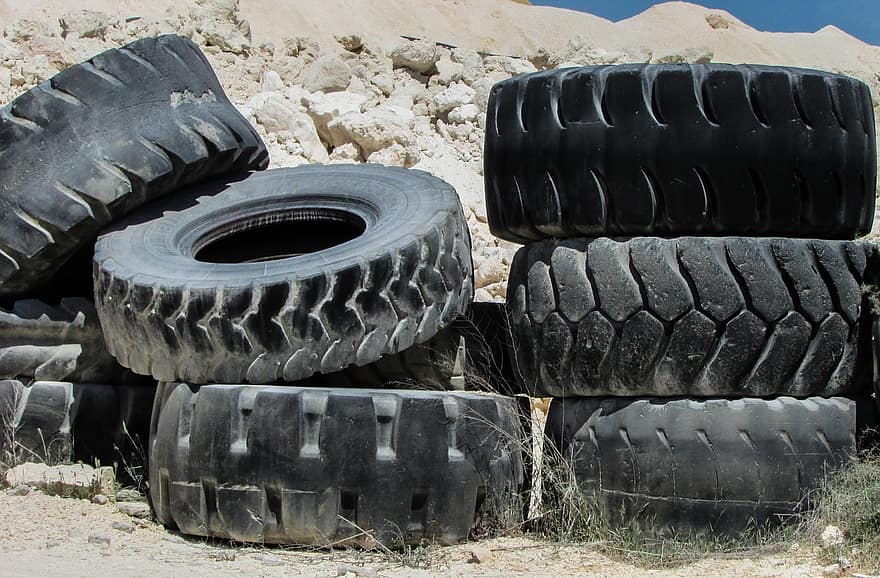When you’re in the market for a new car, you may be looking to the engine to compare the performance with other vehicles, but have you ever considered how the type of tyres will affect the way a car performs too?
As the only part of the car that has direct contact with the road, tyres have an incredibly important role to play in how your set of wheels performs on the road. But what are the benefits to the different types of tyres available? Should you look to get a new model with run-flat tyres? Is upgrading to a bigger set of treads more beneficial?
What types of tyres are available in the market?
Run-flat tyres –simply put these types of tyres will allow you to drive normally (at a slower speed) for a limited number of miles if you get a puncture. They give you time to be able to get home or to a garage to get it changed. You can refit run-flat tyres onto your car, as long as they have a Tyre Pressure Monitoring System (TPMS). Run-flat tyres also give you more space in the boot as there’s no need to carry a spare!
Winter tyres– although generally not needed in the UK, these types of tyres have been designed with a large number of grooves and sipes to give you greater traction on snowy, icy, and wet surfaces.
High-performance tyres– these have been optimized to provide the driver with a quick response, enhanced grip and the ability to cope with high speeds. These are often only used in motorsport.
Larger tyres – offering you more rubber on the road, wider tyres make for better contact on the road which gives you better grip and traction. Not just popular for aesthetic reasons, but from a safety perspective their larger size offers a reduced braking distance.
Does your tyre choice affect the unsprung weight ratio?
Sprung and unsprung weights are terms used in relation to vehicle suspension. A car or vans sprung weight is supported by springs of one kind or another. The unsprung weight moves up and down with the wheels as they travel over bumps, potholes, and other types of obstructions on the road.
Your unsprung weight includes your wheels, tyres, brakes, solid drive axles and anything else that’s directly connected to the wheel is classed as unsprung mass. The chassis, motor, body, interior, passengers, and any cargo are classed as sprung weight.
It’s technically better to have a ratio of sprung to unsprung weight. A higher proportion of the sprung weight can then push down on the wheels and tyres with more force, making sure they’re in contact with the road. Maintaining contact with the tarmac improves handling and traction.
In theory, the heavier your tyre, the better your car will grip and handle overall. But it’s important to remember that if your vehicle is heavier, you’re also likely to experience increased fuel consumption, harder steering, and quicker tyre wear.

